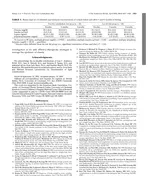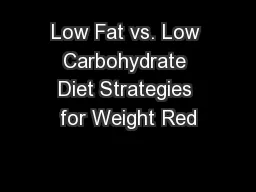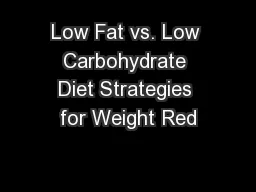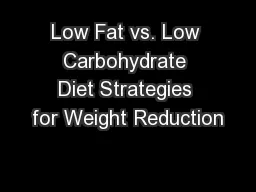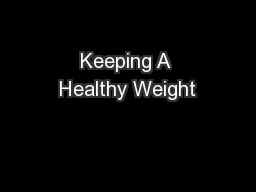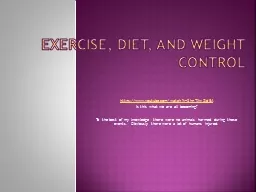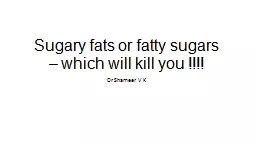PDF-A Randomized Trial Comparing a Very Low Carbohydrate Diet and a CalorieRestricted Low
Author : luanne-stotts | Published Date : 2014-11-20
BREHM RANDY J SEELEY STEPHEN R DANIELS AND DAVID A DALESSIO University of Cincinnati and Childrens Hospital Medical Center Cincinnati Ohio 45221 Untested alternative
Presentation Embed Code
Download Presentation
Download Presentation The PPT/PDF document "A Randomized Trial Comparing a Very Low ..." is the property of its rightful owner. Permission is granted to download and print the materials on this website for personal, non-commercial use only, and to display it on your personal computer provided you do not modify the materials and that you retain all copyright notices contained in the materials. By downloading content from our website, you accept the terms of this agreement.
A Randomized Trial Comparing a Very Low Carbohydrate Diet and a CalorieRestricted Low: Transcript
Download Rules Of Document
"A Randomized Trial Comparing a Very Low Carbohydrate Diet and a CalorieRestricted Low"The content belongs to its owner. You may download and print it for personal use, without modification, and keep all copyright notices. By downloading, you agree to these terms.
Related Documents

